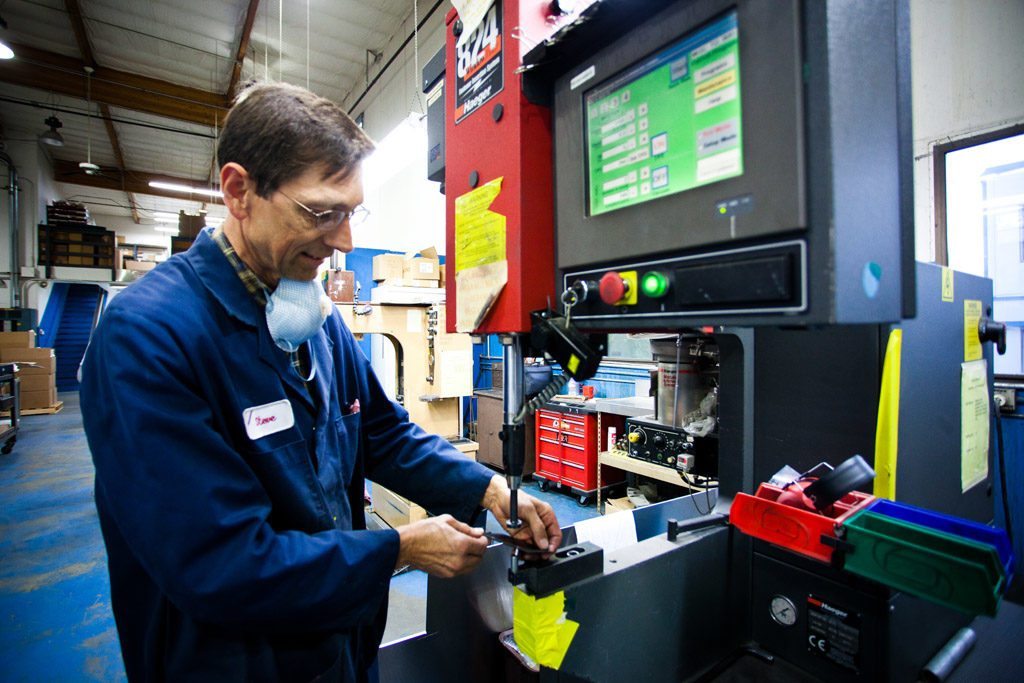

Production tool high point nc software#
Numerical control software development at GM degree in mathematics from Arizona State University. He worked on systems for rolling mills operated by Jones & Laughlin and Bethlehem Steel. GE shipped Hanratty off to western Pennsylvania to work on control systems the company was installing at several steel plants. (Ten years later, I would work closely with this GE organization developing a petroleum product movement control system for the Lago oil refinery in Aruba.). The actual group Hanratty was working for eventually became GE’s process control unit. These projects apparently initiated a life-long interest in NC machine control for Hanratty. NC machining was a relatively new manufacturing technique in the late 1950s and this was one of the first programs that facilitated programming these machines.

As an example, the part programmer could have the software determine where a straight line intersected a circular arc using a symbolic name for the point of tangency. Tool movements were defined in either absolute coordinate terms or symbolically. It could machine parts at different Z levels, but it could not machine complex surfaces. This program handled limited 2 ½-axis contouring operations. PRONTO was a point-to-point NC package developed for the Kearney & Trecker Milwaukee 3 machine tool used at GE’s Schenectady, NY facility Another program developed around the same time was the General Electric Machine Tool Director or MTD. It basically took machining statements that an NC specialist entered onto coding sheets and processed these statements in a batch mode after they had been keypunched into punch cards and produced the actual digital instructions the machine tool controller needed to operate the machine tool. One of Hanratty’s early projects while at GE was the development of an early numerical control software package called PRONTO (Programme for Numerical Tooling Operations). One typical project was to calculate the distance required for an aircraft to take off under various load conditions.ĭescribing himself as always restless, Hanratty responded to an ad placed by General Electric in 1956 for programmers in the Phoenix area. Without a college degree, he managed to get hired by Convair in 1954 in San Diego as a programmer working on IBM 650 and UNIVAC 1103 computers. After spending over a year recovering from injuries suffered in Korea, he took a battery of tests as part of his rehabilitation and found that he was well suited for work in a scientific environment. Hanratty grew up in the San Diego area and like many of his cohorts went off to fight in the Korean War soon after high school. Of all the early developers in the CAD/CAM industry, Hanratty is one of the few who is still personally writing software in the 21 st century. In addition to licensing its software for resale, MCS, at various times over the years, also sold these tools directly to end users, some of whom are loyal users to this day. In many quarters, Hanratty is considered the “father of CAD/CAM.” This recognition was earned by the fact that software he developed at MCS and at a predecessor company, Integrated Computer Systems, was used by nearly a dozen companies as the basis for their commercial products in this market. Patrick Hanratty and his software company, Manufacturing and Consulting Services (MCS). No history of the CAD/CAM industry would be complete without an in-depth discussion about Dr.


 0 kommentar(er)
0 kommentar(er)
